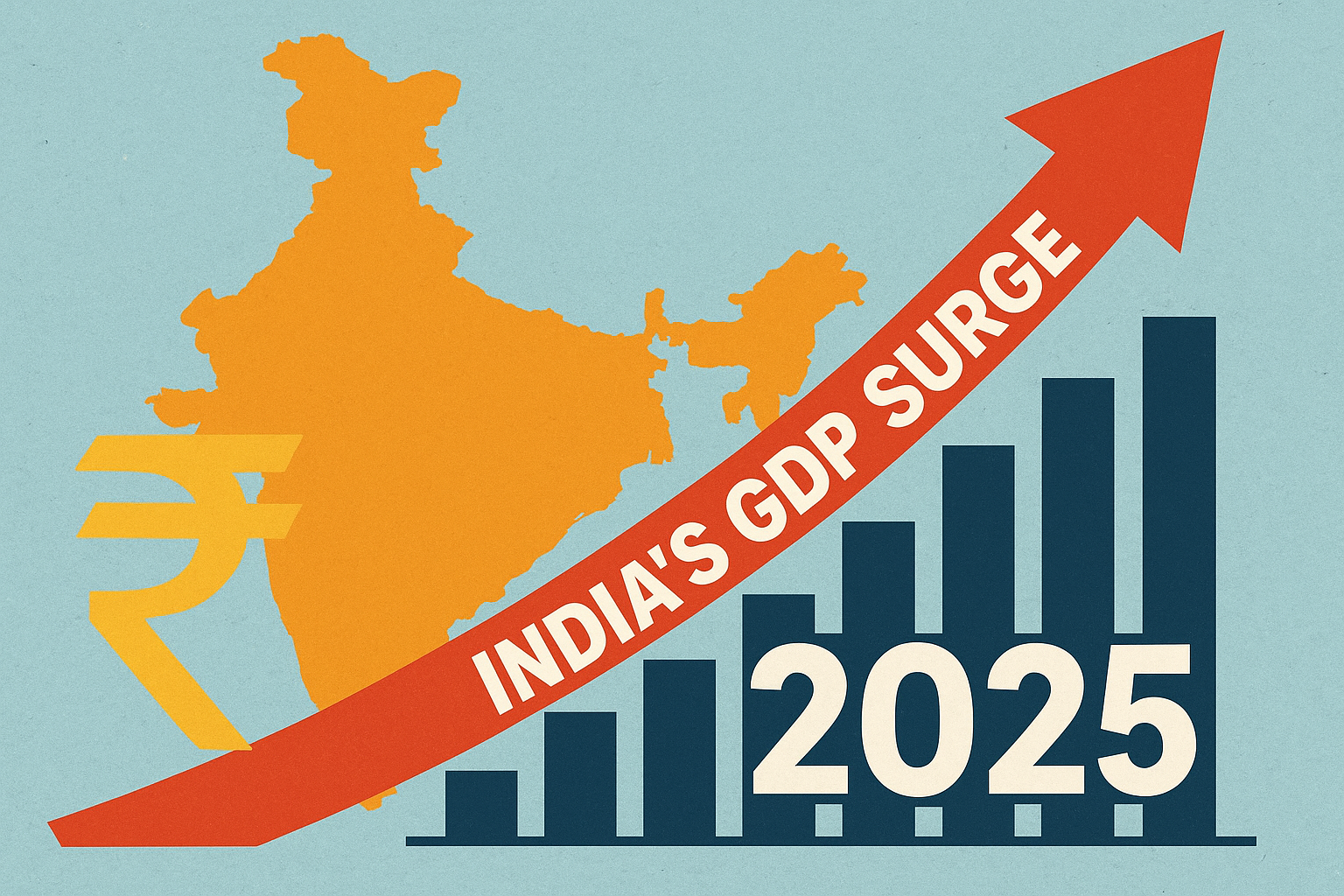Table of Contents
Investing serves 3 objectives: wealth creation, securing a steady retirement income, & ensuring family security. EPFO helps achieve all. Want to know more, read on!
Introduction
Retirement planning is a vital financial objective for everyone. To help individuals, the government started a special savings program called the Employees’ Provident Fund (EPF) scheme in 1952.
This program is designed to help employees save money for when they retire and stop working. Both the employee and the employer must contribute funds to a retirement fund for the employee.
The Employees’ Provident Fund Organisation, established in 1951, maintains the EPF account and plays a fundamental role in the retirement planning of numerous Indian workers.
In January 2024 itself, the EPFO experienced a growth in its subscriber base by 16.02 lakh.
But what is EPFO, and how does it function? Let’s see.
What is EPFO?
EPFO, or Employees’ Provident Fund Organisation, began operating way back in 1951.
The Indian government established this statutory body and it manages retirement savings for many Indian employees. The EPFO is supervised by the government of India’s Ministry of Labour and Employment.
EPFO basically deals with three important schemes:
- The Employees’ Provident Funds Scheme 1952 (EPF), which everyone is familiar with.
- The Employees’ Pension Scheme 1995 (EPS) and
- The Employees’ Deposit Linked Insurance Scheme 1976 (EDLI)
EPFO administers these schemes for employees in India’s organised sector. By clientele and transaction volume, it is truly enormous – among the world’s largest such organisations.
Objectives of EPFO
EPFO aims to provide financial security and stability to employees. Here are the main goals:
- The organisation aims to consistently improve standards of compliance, ensuring members’ economic and social well-being.
- EPFO encourages employees to save for retirement by contributing to the provident fund, ensuring a substantial corpus for their post-retirement life.
- It aims to ensure that all organisations follow all the rules and regulations regularly.
- To guarantee the dependability of online services and to enhance their facilities.
- Their vision is to reposition EPFO as a leading social security organisation, providing top-notch services and reducing the time for settlement of claims from 30 days to 3 days.
Functions and services – EPFO
The Employees’ Provident Fund Organisation serves dual roles: it acts as a regulatory body overseeing the enforcement of the law and as a service provider.
Its primary duties include providing retirement benefits to employees in both the government and private sectors. The TheEmployees’ Provident Fund organisation’s range of functions includes handling insurance claims, managing personal accounts, and supervising payments under pension plans and other programs.
Source: EPFO
The EPFO caters to a diverse audience, including employers, employees, international workers, and retirees, offering a multitude of services. A comprehensive overview of all these services is provided below.
1. UAN
The UAN is a 12-digit universal account number assigned to those who contribute to the EPF (employees). It is issued by the Ministry of Employment and Labor.
Your provident fund account is governed by the number provided to you as UAN and that number will not change regardless of your job change.
2. Online registration
Employers can conveniently sign up on the Employees’ Provident Fund Organisation portal by submitting the essential details as mandated by the Department of Labor and Employment. There is also no need to visit the EPFO office.
3. UAN member E-Sewa for employees
Those who have a valid UAN number can use the E-Sewa portal. In this portal, they can check details such as KYC, work history, profile, UAN card, EPF passbook, EPF tracking status, etc.
4. Online payment of PF
Online payment of PF has been mandatory for all organisations. Employers can pay PF in two ways:
- EPFO website or by
- Accessing the employer’s bank website
5. Grievance service
A one-stop shop for all EPFO-related issues, the EPFO grievance system allows people to file grievances on any issue, including PF remittances, PF withdrawals, etc. With the introduction of the online grievance service, people’s problems have been greatly reduced.
All about EPF
The Employee Provident Fund (EPF) is a program designed to help individuals accumulate a sufficient retirement fund. It is currently administered by the Employees’ Provident Fund Organisation.
In this program, an employee is obligated to allocate 12% of their base pay to the fund monthly. This allocation is equaled by a similar contribution from the employer. At the time of retirement, the accumulated amount, which includes both the employee’s and the employer’s contributions, is disbursed as a one-time payment along with interest. The EPF is viewed as a secure investment due to its management by the Indian government, which assures a predetermined return.
The EPF offers several benefits, including:
Guaranteed returns: As a government-backed scheme, the EPF provides a guaranteed rate of return. The government annually reviews and announces the interest rates on EPF contributions. Therefore, you don’t need to worry about market fluctuations; your returns are secure and guaranteed.
Source: Moneycontrol
Tax savings: Contributions to the EPF scheme are eligible for tax benefits under Section 80C of the Income Tax Act. You can avail tax deductions up to ₹1.5 lakh for your EPF contributions.
The prevailing interest rate for EPF deposits stands at 8.25%, and this rate is subject to an annual review.
Source: The Indian Express
Plus, you have the option to withdraw from your EPF deposit through both online and offline methods. For online withdrawals, you can submit requests on the EPFO website.
New EPFO rules
Starting April 1 2024, some noteworthy updates are coming your way from the EPFO.
Under the fresh set of regulations, when you switch jobs, your previous Provident Fund (PF) balance will seamlessly move to your new employer. Yep, you heard that right – no more fussing over manual PF transfer applications when you land a new gig.
In the past, even if you had a Universal Account Number (UAN), you still had to get your PF transferred. Those days are gone.
With the new changes kicking in, the hassle of manual applications becomes a thing of the past. It is all about making your life easier and smoother when it comes to managing your EPFO account.
Bottomline
The Employees’ Provident Fund is a testament to the government of India’s commitment to ensuring the financial security of working people. By providing a systematic and reliable platform for retirement savings, EPFOs play a pivotal role in the financial planning of millions of individuals.
Going forward, its continued commitment to improving its services and streamlining its processes will undoubtedly contribute to EPFO’s vision of becoming a leading Social Security company. Ultimately, it has become an essential pillar in retirement planning, reinforcing the importance of financial preparedness for a secure and comfortable retirement.
DISCLAIMER: This article is not meant to be giving financial advice. Please seek a registered financial advisor for any investments.
- Make in India 2.0: How Manufacturing Is Reshaping Market Sentiment - December 13, 2025
- Real Estate Boom : Why Tier-2 Cities Are Attracting Big Investors - December 12, 2025
- India’s GDP Surge 2025: What the New Growth Numbers Mean for Markets - December 9, 2025





